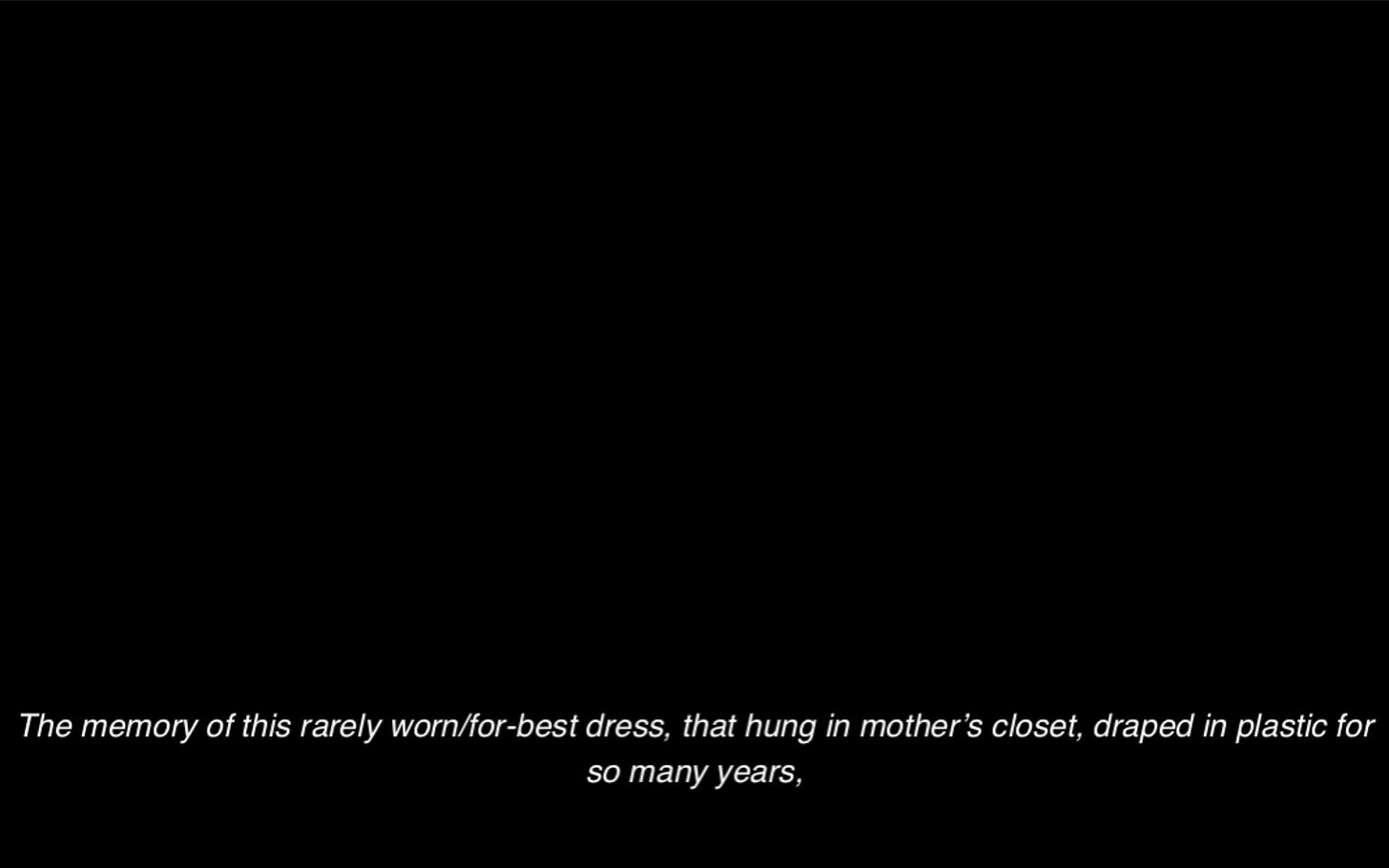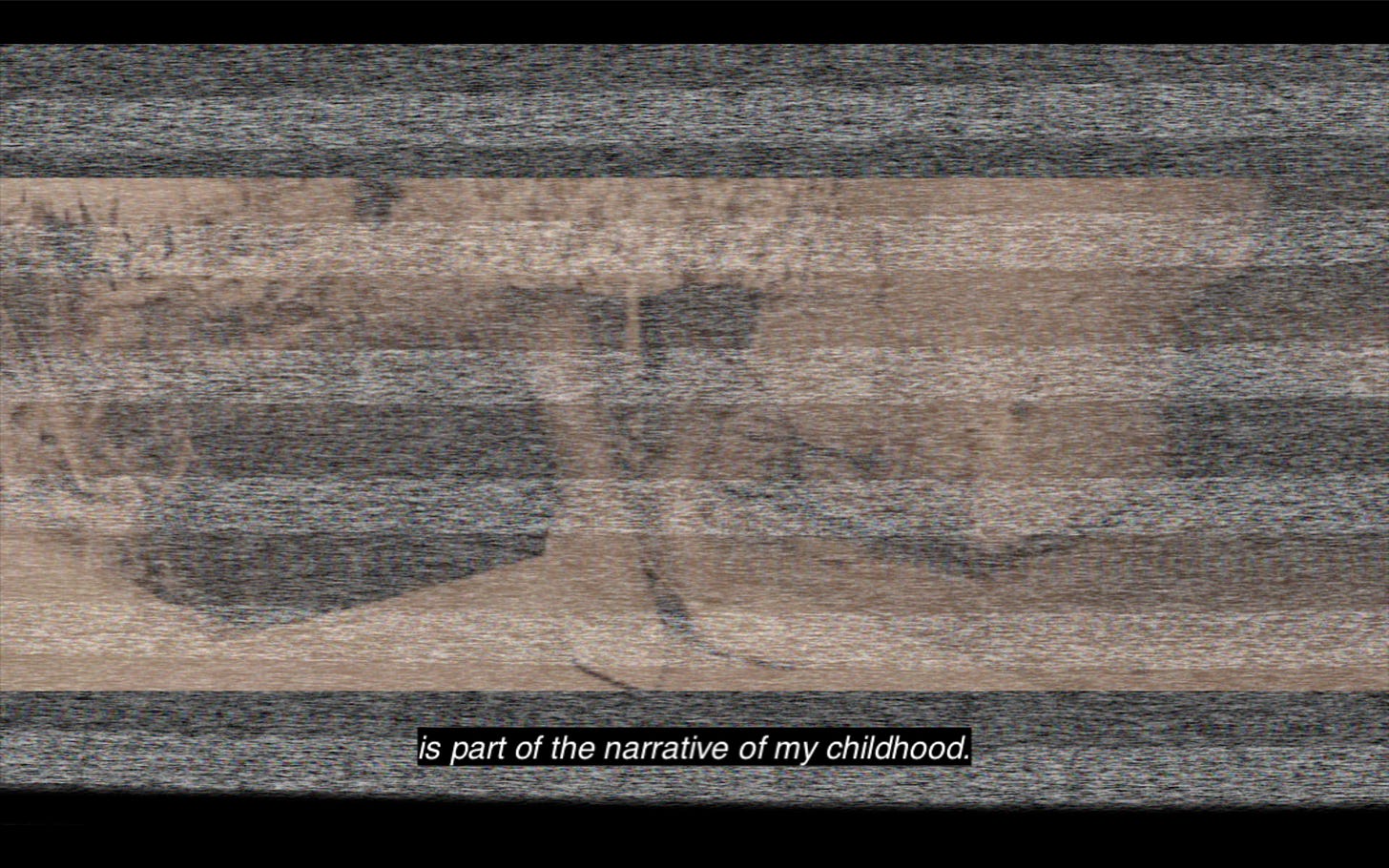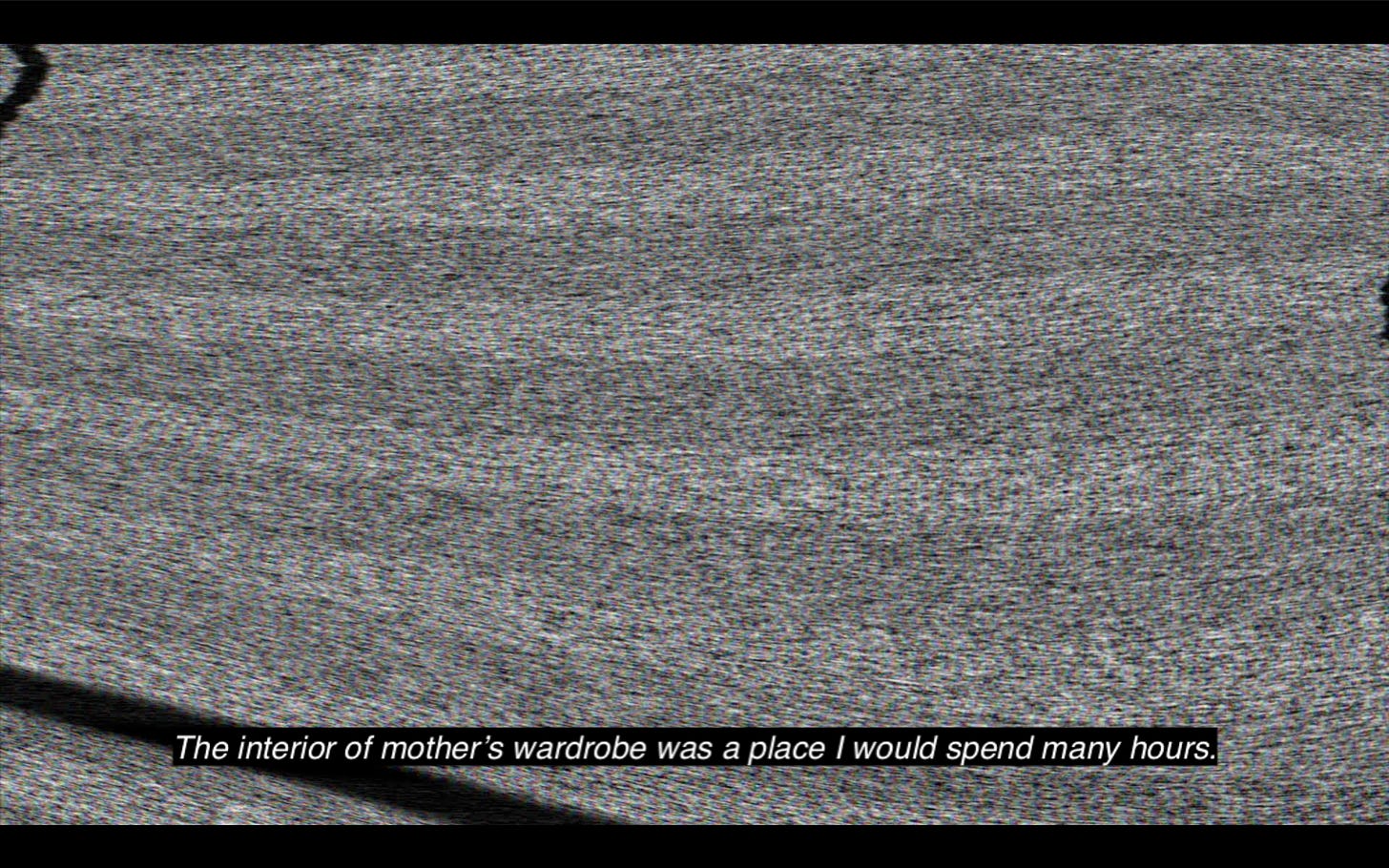Clothing holds many memories, it is a repository of the temporal, the sonic, smell and touch. Senses are stored in the weave of threads and the bends and folds of fabric. Dressing is a daily moment of intimacy, a private space we enter where we choose ways to embody an identity.
When we dress, it is a gathering of a multitude of tactile potentialities and this is what I am referring to as haptic cloth. Haptic cloth is an expression of the body through a form of materiality that is both an exercise of internal and external relationality. It is a repeated gesture of layered meaning composed of memory, geography, the temporal and the body.
Haptic cloth is a narrative that I am constructing to measure our experience of clothing. The haptic plays an essential role in our emotional lives, what we wear is an indicator of our identities (both hidden and subverted), emotional life and history. Our daily dance with materiality from our closets, drawers and other receptacles plays a significant part in how and what we experience in the world. As we wear something repeatedly, our body lays claim to the cloth and a structure emerges that is another layer or skin. The memory of our body embeds it’s corporeal code into our clothing's materiality and in essence becomes us. We are recognized by our clothing’s silhouette and as such clothing is continuously forming our subjectivity.
Using the film as a channel to pursue this thinking, I focus on one dress from my deceased mother’s closet—a turquoise raw silk dress, edged in jewels. As a light-skinned woman of middle class Caribbean background arriving in a hostile 1950’s England, she may have been accustomed to a particular lifestyle, but one that wasn’t afforded her on arrival to the land of the colonizer. For my mother to wear a dress like that wasn’t an everyday occurrence, working for other’s in culinary and healthcare settings, disavowed her of the choice to be clothed in silk and gemstones. Her hardworking body was more readily clothed in styles of ease and comfort.




